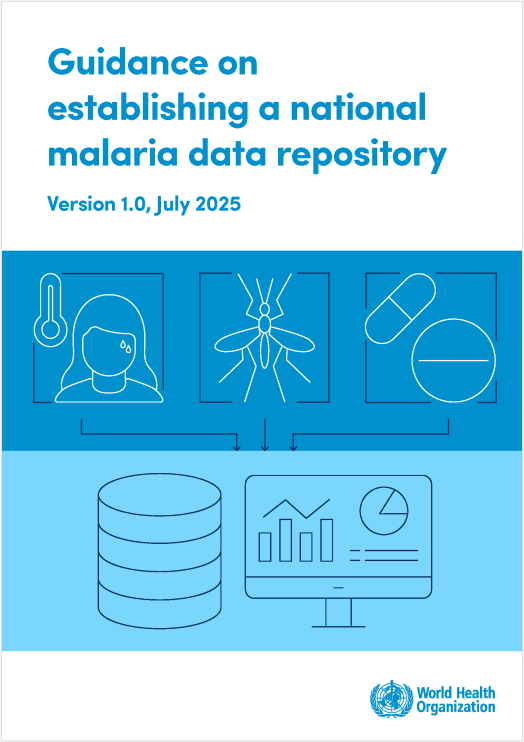Last Updated: 05/09/2024
Olfactory functions of spatial repellents in Anopheles mosquitoes
Objectives
In the proposed work, the aim is to examine the olfactory mode of action for 20 of the most commonly used spatial repellents. This will allow the categorization of spatial repellents based on how they work and to predict which repellents may be most effective if used together. In addition the odorant receptors directly activated by spatial repellents will also be identified. Altogether, this work aims to characterize the mechanistic relationship between spatial repellents and a mosquito’s sense of smell.
Mosquitoes are a threat to both civilian and military personnel deployed across the world. Mosquitoes transmit three of the most dangerous diseases that threaten US forces: malaria, dengue, and viral encephalitis. In 2011, at least 124 US military members were diagnosed with malaria, with most of the infections likely acquired in Afghanistan. Mosquito bites, besides spreading infections, can also be painful and distracting to Service members in the field, as well as lead to secondary infections. Anthropophilic mosquitoes that carry disease (e.g., Anopheles gambiae and Aedes aegypti) are highly attracted to humans and can infiltrate military bases or field site operations. To ensure the health and safety of our military personnel, new methods that prevent mosquito bites must be deployed. To find a human for a blood meal, a female mosquito uses its sense of smell (olfaction). Humans give off carbon dioxide in their breath as well as a variety of body odors that a mosquito finds highly attractive. This bouquet of uniquely human odors enables the mosquito to seek and find a human across long distances. Fortunately, there are some smells (odors) that a mosquito finds repulsive and causes a mosquito to stay away. These odors are called spatial repellents and can be used as effective personal protection methods to prevent mosquito bites. The “gold standard” for insect spatial repellents is N,N-diethl-m-toluamide (DEET), an odorant developed in an exhaustive 5-year program pioneered by the USDA and US military in 1942 to identify chemicals that repel Aedes aegypti mosquitoes. DEET is effective across a number of insect species. Over the last 60 years, it has been used as an effective means of personal protection, yet its role in controlling vector-borne diseases on a global scale has limitations: it needs to be applied at high concentrations to be effective (~30%); it is costly to manufacture; it has low volatility; it dissolves synthetic fabrics, plastics, and rubber (preventing use in bednets or clothing); it permanently reduces the water-repellent properties of Gore-Tex®; and it has an unpleasant odor to humans. For these reasons, extensive efforts led to the introduction of additional manufactured repellents, such as picaridin (Bayer) and Insect Repellent 3535 (Merck). However, each commonly used repellent has limitations like DEET (e.g., low volatility, expense, toxicity to fish or other wildlife). Thus, it is important that better spatial repellents be identified.
Despite their importance, it is surprising that the mode of action for most spatial repellents — what they actually do to the mosquito’s sense of smell — is largely unknown. Synthetic spatial repellents like DEET or IR3535, or natural spatial repellents like eugenol or oil of lemon eucalyptus, were identified based on their ability to repel mosquitoes, and not by understanding how they affect a mosquito’s sense of smell. As such, by understanding how spatial repellents alter a mosquito’s sense of smell, one could better understand what makes them effective repellents, and thereby take a rationale screening approach to identify even better repellents. To accomplish this goal, new strains of Anopheles gambiae mosquitoes have been engineered in which the activity of olfactory neurons (which express odor receptors that detect odors and spatial repellents) can be directly visualized in unprecedented detail. For example, when an odor or spatial repellent is puffed onto the mosquito’s antenna, the neurons that are activated light up, allowing us to easily connect odors with their mode of action in a living mosquito. These will present new molecular targets for future chemical screens aimed at identifying safer and more effective repellents. This study will also discover the rules by which changes to a mosquito’s sense of smell leads to repulsion, for example, spatial repellents that turn on odor neurons for extended periods of time might prove to be the most effective. The long-term objective is to harness this knowledge to inform at-risk civilian and military personnel on the best spatial repellent protective practices, as well as identify the next generation of mosquito repellents.
Sep 2018 — Sep 2022
$1.26M


